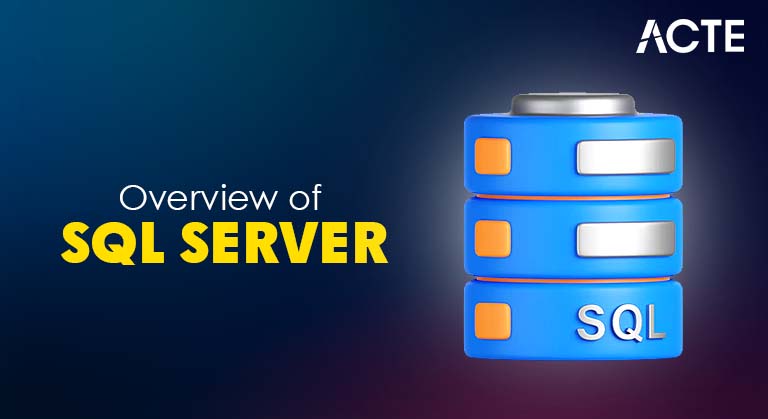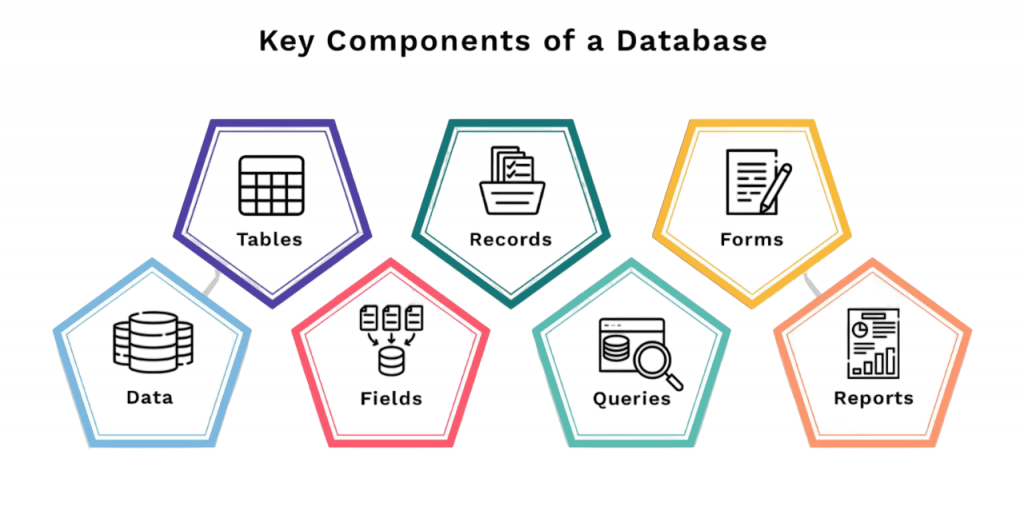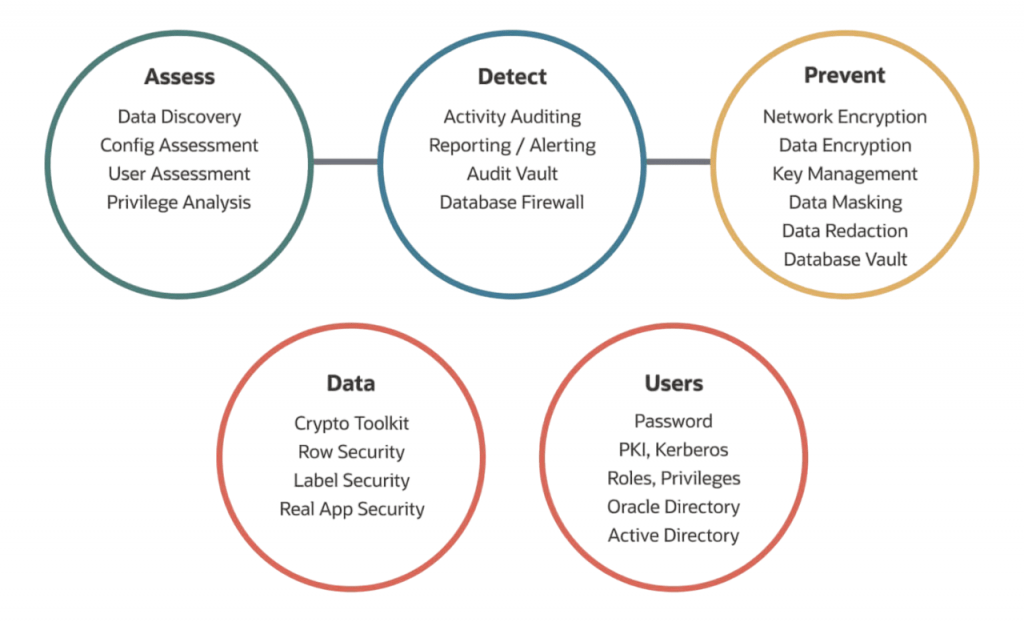
- Overview of Microsoft SQL Server
- Key Features and Capabilities
- Editions and Versions
- Installation and Setup
- SQL Server Management Studio (SSMS)
- SQL Server Agent and Jobs
- T-SQL Basics
- Security and Permissions
- Backup and Recovery
- Performance Tuning
- Final Notes
Overview of Microsoft SQL Server
Microsoft SQL Server is a powerful, enterprise-grade relational database management system (RDBMS) developed by Microsoft. It is widely used across industries for managing and storing data securely, supporting both transactional processing and business intelligence workloads. Since its initial release in 1989, SQL Server has evolved into a comprehensive data platform offering a rich set of tools, services, and features. Database Training includes essential knowledge for understanding SQL Server. SQL Server supports the SQL language (Structured Query Language), which is the industry standard for relational database operations. Its flexibility and scalability make it suitable for applications ranging from small single-machine applications to large-scale distributed enterprise environments. Built on a client-server architecture, SQL Server allows multiple users and applications to interact with data simultaneously, providing concurrency, high availability, and robust data integrity.
Do You Want to Learn More About Database? Get Info From Our Database Online Training Today!
Key Features and Capabilities
Firebase vs MongoDB comparisons often focus on simplicity versus scalability. Microsoft SQL Server offers a comprehensive suite of features and capabilities that make it a preferred choice for database administrators (DBAs) and developers: SQL Server is a strong database management solution that offers solid SQL support through its effective T-SQL implementation, which goes beyond standard ANSI SQL. It has powerful features designed for business environments, providing excellent high availability and disaster recovery options.

Technologies like Always On Availability Groups and failover clustering help maintain business continuity. Security is a critical issue and is tackled through strong encryption methods, row-level security, and dynamic data masking that keep sensitive information safe. The platform’s built-in business intelligence services, like Analysis Services, Integration Services, and Reporting Services, support complex data warehousing and advanced analytics. Performance improves with modern in-memory technologies and columnstore indexes that speed up query processing. It also integrates seamlessly with the Microsoft ecosystem, including Azure cloud services and Power BI, offering a unified and flexible data management experience. Developers gain from extensive language support, multiple APIs, and a range of tools that make rapid application development easier across different computing environments.
Editions and Versions
Microsoft SQL Server is offered in multiple editions tailored to different organizational needs, from small-scale deployments to enterprise environments.
- Express Edition: Free, lightweight edition.
- Ideal for small applications, learning, and development.
- Has limitations on database size (up to 10GB) and CPU usage.
- Standard Edition: Suitable for medium-scale applications.
- Provides core database features, basic BI tools, and limited high availability.
- Supports up to 24 cores and 128 GB RAM.
- Enterprise Edition: Designed for mission-critical applications and large data warehouses.
- Includes advanced features like online indexing, partitioning, data compression, and extensive high availability options.
- Supports unlimited cores and memory (limited by OS).
- Developer Edition: Has all Enterprise features.
- Licensed for development and testing only, not for production.
- Web Edition: Designed for web hosting environments.
- Affordable for web service providers with web-optimized features.
- Azure SQL Database: Cloud-based managed database service.
- Scalable and serverless options.
- No infrastructure management.
SQL Server 2019 and 2022 are the latest major releases, focusing on enhanced performance, intelligent query processing, big data clusters, and tighter cloud integration.
Would You Like to Know More About Database? Sign Up For Our Database Online Training Now!
Installation and Setup
Installing SQL Server requires planning regarding edition choice, hardware requirements, and security considerations.
- System Requirements: Windows Server or Windows Client OS (Linux versions are also supported from 2017 onwards).
- Adequate disk space, CPU, and memory per workload needs.
- Network configuration for client connectivity.
- Installation Process: Download the installation media from Microsoft.
- Use the SQL Server Installation Wizard for guided setup.
- Choose features to install: database engine, SSRS, SSAS, SSIS.
- Specify instance name (default or named instance).
- Configure service accounts and authentication mode (Windows or Mixed).
- Set database file locations.
- Configure SQL Server Agent, Reporting Services.
- Post-Installation Configuration: Apply the latest service packs and cumulative updates.
- Configure server memory and parallelism settings.
- Set up maintenance plans for backups and index optimization.
SQL Server Management Studio (SSMS)
SQL Server Management Studio (SSMS) offers strong database management features that give developers and database administrators valuable tools. This powerful software connects easily to SQL Server instances on both local and cloud setups, letting users write and run T-SQL queries smoothly. Database Training helps users manage critical database components. Users can manage important database objects like tables, views, and stored procedures while keeping strict security settings and permissions. The platform includes useful monitoring features through user-friendly dashboards that show server health in real time. SSMS also supports complex database development tasks, such as designing and deploying SSIS packages and creating accurate scripts for easy database deployment. This makes it an essential tool for effective database management and improvement. SSMS is continuously updated and freely available from Microsoft. It simplifies administration and development tasks, providing wizards and GUI-based workflows.
To Earn Your Database Certification, Gain Insights From Leading Blockchain Experts And Advance Your Career With ACTE’s Database Online Training Today!
SQL Server Agent and Jobs
SQL Server Agent is a background service responsible for scheduling and executing automated tasks known as jobs. It offers a set of management tools that help database administrators improve important operational tasks. MongoDB vs PostgreSQL comparisons often explore automation capabilities. By defining specific jobs like database backups, index rebuilds, and script executions, administrators can automate routine maintenance tasks accurately. These jobs can be scheduled based on timing and frequency, which helps maintain optimal system performance with minimal disruption. To support proactive monitoring, the Agent includes strong alert systems that quickly notify database professionals about critical events, allowing for immediate response and action. Additionally, the system allows for clear operator management SQL Server Agent automates routine database maintenance, performance tuning, and data processing workflows, increasing reliability and reducing manual intervention.
T-SQL Basics
Transact-SQL (T-SQL) is Microsoft’s proprietary extension of SQL used for programming and managing SQL Server databases.
- Data Definition Language (DDL): CREATE, ALTER, DROP for defining schema objects.
- Data Manipulation Language (DML): SELECT, INSERT, UPDATE, DELETE for querying and modifying data.
- Control-of-Flow: IF…ELSE, WHILE, CASE for procedural logic.
- Stored Procedures and Functions: Encapsulate reusable code.
- Transactions: BEGIN TRANSACTION, COMMIT, ROLLBACK for data integrity.
T-SQL also provides error handling (TRY…CATCH), variables, and system functions that enhance SQL’s capabilities for enterprise applications.
Preparing for a Database Job? Have a Look at Our Blog on Database Interview Questions and Answers To Ace Your Interview!
Security and Permissions
Become a Data Modeler to gain essential skills for secure database design. Security is a critical concern in database management, and SQL Server offers robust mechanisms:
- Authentication Modes: Windows Authentication uses Active Directory credentials.
- Mixed Mode supports both Windows and SQL Server logins.
- Authorization: Permissions are assigned to principals (users, roles).
- Fine-grained control over object-level access.
- Role-based security simplifies permission management.
- Encryption: Transparent Data Encryption (TDE) encrypts data at rest.
- Always Encrypted protects sensitive columns.
- SSL/TLS for data in transit.
- Auditing: SQL Server Audit tracks login attempts, data access, and changes.
- Compliance with standards like GDPR, HIPAA.
- Row-Level Security: Restricts data access based on user context dynamically.
By combining these features, SQL Server ensures data confidentiality, integrity, and compliance.

Backup and Recovery
Effective backup and recovery strategies are vital to safeguard data. In database management, solid backup strategies are essential for keeping data safe and ensuring business operations continue smoothly. COALESCE in SQL Explained enhances understanding of how SQL handles null values. SQL Server offers several backup types to meet different recovery needs. Full backups capture all the contents of a database. Differential backups keep track of changes made since the last full backup. Transaction log backups allow for precise recovery at a specific moment in time. These methods work alongside three different recovery models: Simple minimizes overhead by not allowing log backups. Full supports detailed point-in-time recovery through log backups. Bulk-Logged improves performance for bulk operations. The system also provides flexible restore options, including point-in-time, piecemeal, and granular file or filegroup recoveries. Organizations can use automated maintenance plans in SQL Server Management Studio to schedule backups and monitor job success. This helps ensure strong data protection and reduces the chances of operational issues.
Performance Tuning
- Indexing: Types of Joins in SQL Server influence how data is combined and accessed. Clustered and non-clustered indexes speed up data retrieval. Columnstore indexes optimize analytical queries.
- Query Optimization: Query execution plans help diagnose performance issues. Statistics guide the optimizer to choose efficient plans. Query hints can force specific behaviors.
- Resource Management: Resource Governor controls CPU and memory usage for workloads.
- Monitoring Tools: Dynamic Management Views (DMVs) provide real-time insights.
Proper tuning enhances concurrency, reduces wait times, and lowers hardware costs.
Final Notes
Microsoft SQL Server remains one of the most widely adopted relational database platforms worldwide. Database Training explores the evolution of platforms like SQL Server. Its extensive feature set caters to diverse use cases, from small departmental applications to enterprise-grade data warehouses and cloud-native solutions. Continuous enhancements in security, performance, and integration with the Azure cloud position SQL Server as a future-ready data platform. Whether managing OLTP systems, analytics workloads, or hybrid cloud architectures, SQL Server provides the tools and flexibility needed to meet evolving business needs. Its active ecosystem of developers, DBAs, and third-party vendors further enriches its capabilities, making it a reliable choice for organizations seeking a robust, scalable, and secure RDBMS.


